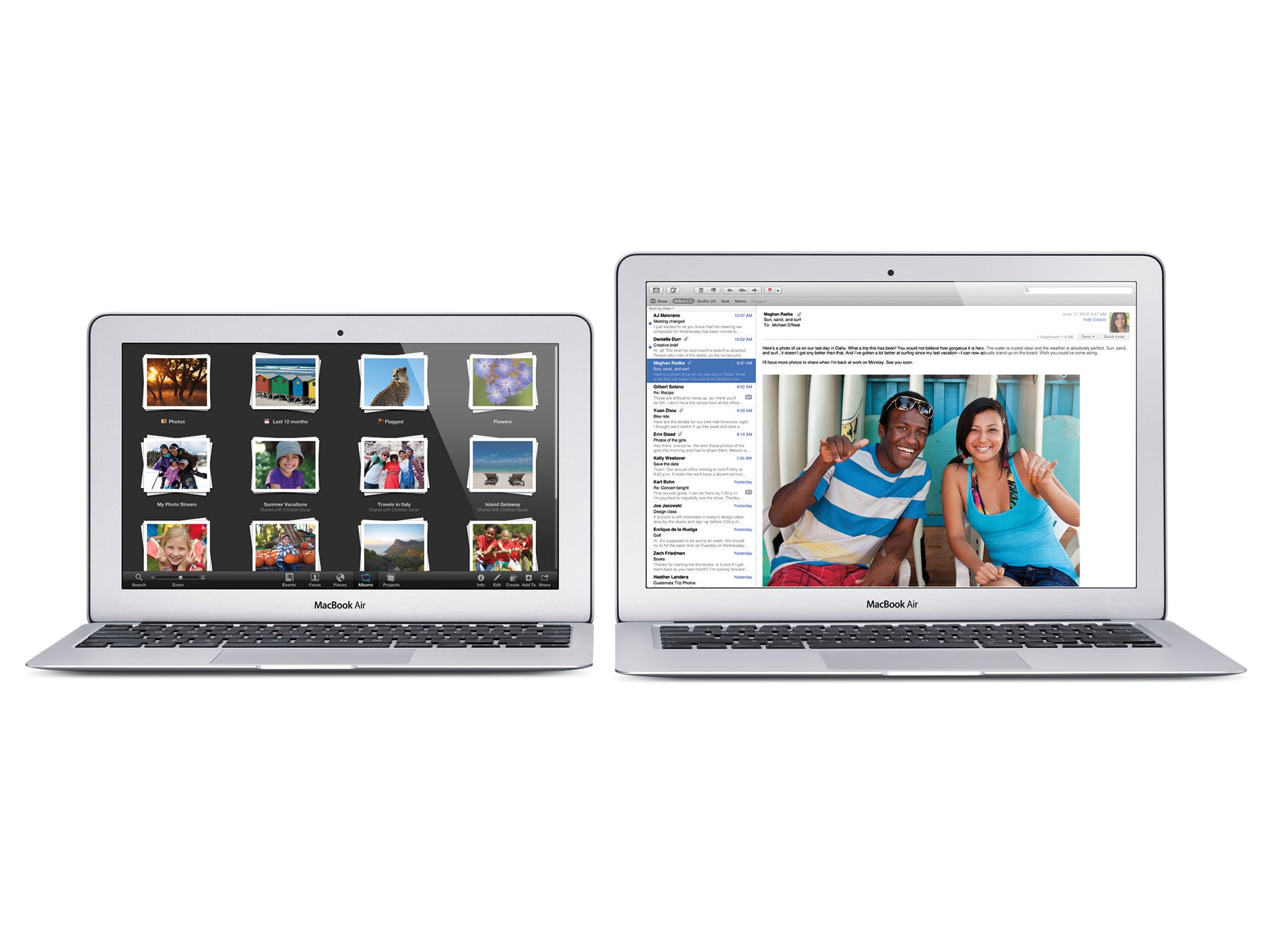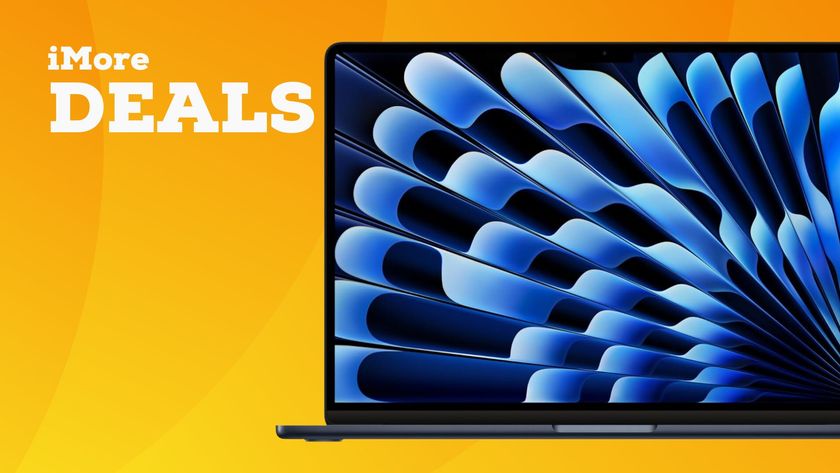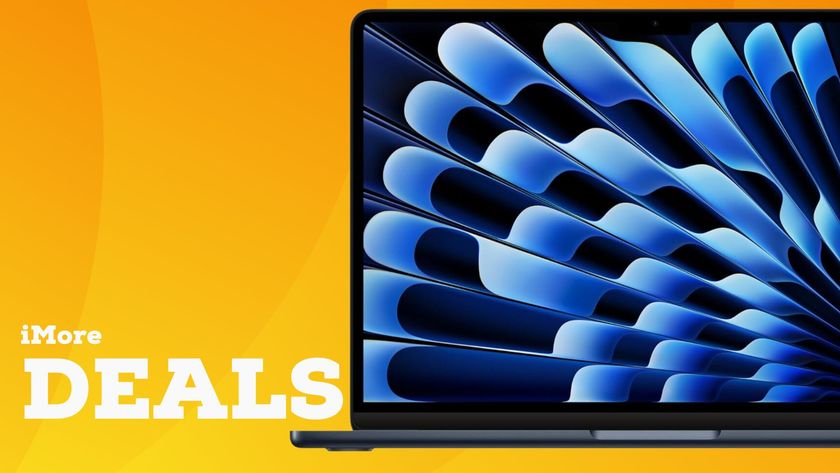Comparing Apple's old and new MacBook Air models

Apple introduced new MacBook Airs at WWDC today. The new MacBooks Air are faster, more power efficient, and in some cases, cheaper than their predecessors. And they're shipping now, so if you've been waiting to get one, now's the time.
It's been a year since Apple refreshed the MacBook Air, so Apple's smallest and lightest laptop was certainly due for some improvements. The new systems still come in the familiar 11 and 13-inch form factors, with 1366 x 768 and 1440 x 900 pixel resolutions respectively. That's unchanged from last year, and bound to disappoint some forward-thinking Mac users who were hoping to see a Retina Display-equipped MacBook Pro join the ranks.
Weight and dimensions remains virtually unchanged: the 11-inch MacBook Air weighs a scant 2.38 pounds, measuring 0.11 x 11.8 x 7.56 inches when the lid is closed. The 13-inch model still weighs 2.96 pounds, measuring 0.11 x 12.8 x 8.94 inches.
Despite the same display resolutions, same sizes and same weights, under the hood there are a lot of differences. The new MacBook Airs are the first Mac models to use Intel's fourth generation Core processor - the chips known as "Haswell." The new MBAs have lower CPU clock speeds than their predecessors - 1.3 GHz across the board, compared to 1.7 GHz for the 2012 11-inch and 1.8 GHz for the 2012 13-inch - but they also feature Intel HD Graphics 5000, an integrated graphics processor that Apple says is up to 40 percent faster than what was in last year's model.
All of the new MacBook Airs come equipped with 4GB of RAM standard (configurable to 8GB), and the base 11-inch model now doubles storage capacity from 64GB to 128GB. The higher-end 11-inch also doubles capacity from 128GB to 256GB. 13-inch models remain unchanged, with 128GB and 256GB as standard issue for the low and high-end, respectively.
Haswell processors also introduce dramatically improved power management. This is one area where MacBook Air owners are going to see huge improvements: Apple estimated the battery run-time of the 2012 11-inch model at up to five hours, and that jumps up to nine hours for the new one. The 13-inch, which packs more battery capacity inside its larger case, jumps from nine hours to 12.
Other accouterments remain unchanged, for the most part - stereo speakers, FaceTime HD cameras, two USB 3.0 ports, headphone jack and MagSafe 2 adapter; one Thunderbolt port (and yes, it's the original Thunderbolt, not the Thunderbolt 2 that will be featured on the Mac Pro later this year).
Master your iPhone in minutes
iMore offers spot-on advice and guidance from our team of experts, with decades of Apple device experience to lean on. Learn more with iMore!
There's one other modest change: all MacBook Airs now come equipped with dual microphones, a carryover first introduced on the MacBook Pros with Retina Display. Dual mics produce better sound quality for voice chats via Skype, Messages, FaceTime and other services.
The price of the base 11-inch model remains unchanged from last year: $999. The higher-end 11-inch model jumps up $100, however, from $1099 to $1199 (likely explained by the double SSD capacity). There's better news for 13-inch buyers - both machines see a $100 price drop, to $1099 and $1299 respectively.
All told, a solid enhancement to Apple's popular lightweight laptops. Apple took the "if it ain't broke, don't fix it" approach while incorporating solid enhancements that promise better performance and better power management - always welcome news for road warriors who depend on the nimble MacBook Air to get their work done.



